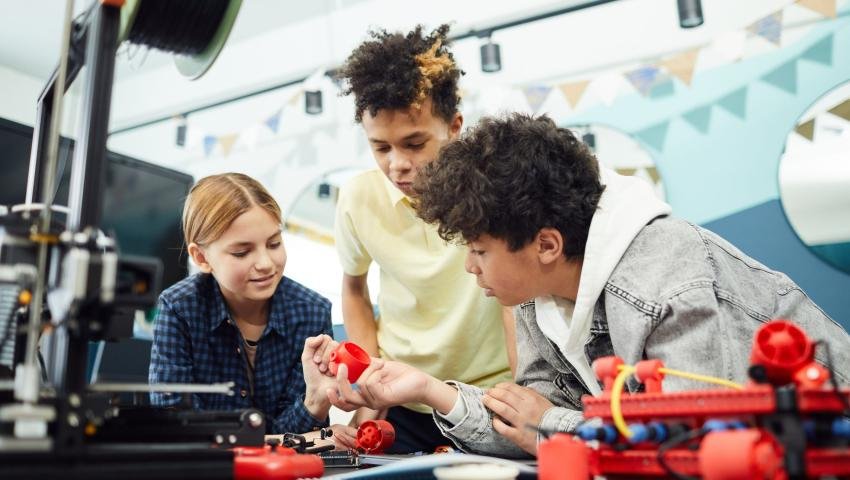
The First Draft of Genius: Prototype Your Way to Success
Every great product starts with a prototype. The First Draft of Genius: Prototype Your Way to Success reveals how rapid prototyping helps you test ideas, gather feedback, and refine your vision—faster and smarter. Learn how to turn rough concepts into powerful, user-approved solutions.
The First Draft of Genius: Prototype Your Way to Success
Every great idea starts small—maybe it’s a sketch on a napkin, a post it notes, or a rough drawing in a notebook. But what separates dreamers from doers is the prototype—the first real step from vision to reality.
A prototype in product development is more than just a crude model. It’s the first draft of genius. It is also intended to be tested, improved, and developed; like any first draft, it is not intended to be flawless.
Why Prototypes Matter
Imagine building a house without a blueprint. You wouldn’t. So why build a product without a prototype?
Prototypes help:
Validate your concept early, before costly investments.
Identify design flaws and usability issues quickly.
Communicate your idea clearly with stakeholders.
Speed up development by catching problems before code is written.
Think Fast, Fail Faster (and Smarter)
The best innovators don’t wait for perfection—they test fast and fail smart. A low-fidelity prototype can be made in hours using paper, wireframes, or drag-and-drop tools. Testing this rough draft with users gives instant insight: Does it work? Is it intuitive? Are we solving the right problem?
Each round of feedback turns guesswork into clarity. Each version becomes sharper, smarter, more user-focused.
Tools That Make It Easy
Whether you're a designer, developer, or entrepreneur, there are dozens of tools to bring your ideas to life:
- For collaborative UI design, use Adobe XD or Figma.
For interactive, clickable prototypes, use InVision or Marvel. - Balsamiq – For quick, low-fidelity wireframes.
- Framer / ProtoPie – For high-fidelity animations and logic flows.
You don’t need to code to prototype. You just need to start.
From First Draft to Final Product
Some of the world’s most successful products—iPhones, Airbnb’s, even Google—started with scrappy, imperfect prototypes. What made them work wasn’t how polished they looked in the beginning—it was how quickly they learned from failure and improved.
So, stop waiting for the “perfect idea.” Grab a pen, open a design tool, or sketch on your tablet. That messy first draft might just be the beginning of something brilliant.
Final Thought:
Don’t treat your prototype like a throwaway—it’s the first glimpse of your genius. Build it. Break it. Learn from it. Then build it again—better.
Want help turning your idea into a clickable prototype? Let’s talk.
Tooba Wajid
Leave a comment
Your email address will not be published. Required fields are marked *

